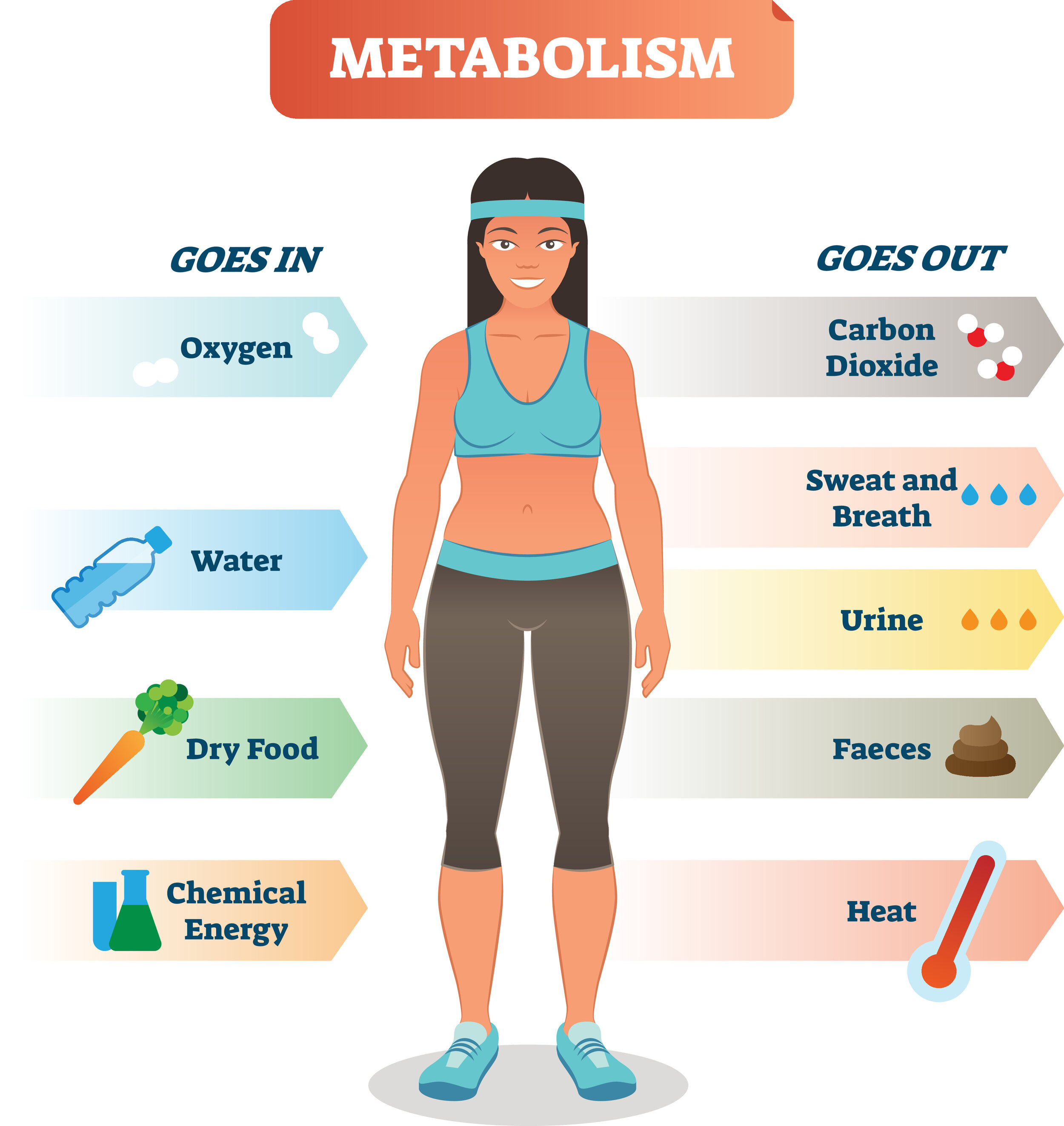
How it Works
No more guessing.
No more approximations.
Just scientifically accredited data.
Humans need oxygen to produce energy during the aerobic metabolism of carbohydrates and fats. Quite simply, the more O2 consumed, the more carbohydrate and fat is burned and more energy is produced. Therefore, we can measure energy production by measuring the rate at which the body consumes oxygen. The O2 consumption rate is termed VO2. Since VO2 is associated directly with carbohydrate and fat oxidation, we can calculate precise calorific value of the substrates burned during rest and exercise.
Picture VO2 as representing the size of your engine and your capacity to generate power.
Elite athletes have high VO2 values (mL O2 consumed per minute per kilogram of body mass) while untrained individuals have lower VO2 values. With regular exercise, you can increase your VO2, even during rest. Therefore, VO2 can be a direct indicator of your fitness level.
As well as consuming oxygen, metabolism of carbohydrates and fats also produces carbon dioxide (CO2). The rate of CO2 production is termed VCO2. During aerobic metabolism of carbohydrates, one molecule of CO2 is produced for every molecule of O2 consumed. The ratio of O2 consumed to CO2 produced is called the respiratory quotient (RQ) otherwise known as the respiratory exchange ratio (RER). For aerobic metabolism of carbohydrate RQ = 1.0.
Fat molecules contain much less oxygen per unit carbon than do carbohydrate molecules. Therefore, during metabolism of fat, more oxygen is consumed than CO2 is produced. Therefore, for aerobic metabolism of fat RQ is typically about 0.7.
If, during exercise, insufficient O2 is delivered by the bloodstream to the muscles to support energy demands, an anaerobic respiratory pathway of energy production is activated to supplement aerobic respiration. This pathway generates CO2 but does not consume O2. Therefore, during stressful exercise RQ may begin to increase and can rise above a value of 1.0.
Untrained individuals tend to exhibit anaerobic respiration much sooner during a given exercise regime than do trained athletes. By exercising regularly, the period of exercise can be extended before anaerobic respiration kicks in.
This is another indicator of fitness level.
By measuring O2 consumption and CO2 production simultaneously we can monitor:
VO2 and VCO2 as indices of fitness level.
The calorific value of substrates consumed during exercise.
The type of substrate being metabolised (carbohydrate or fat).
The point at which anaerobic respiration is activated to supplement aerobic respiration.
The Qubit VOCO system is a very effective and low-cost system for monitoring VO2 only.
The VOCO2 system incorporates both O2 and CO2 analysers for simultaneous measurement of VO2, VCO2 and RQ (as well as numerous other parameters).
Both systems also monitor heart rate and breathing rate.


